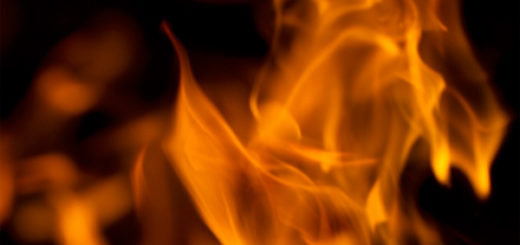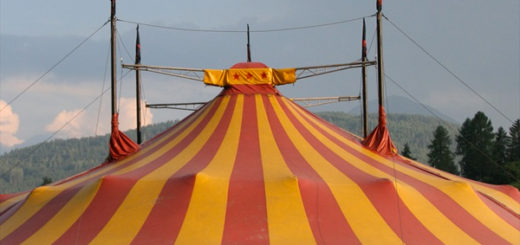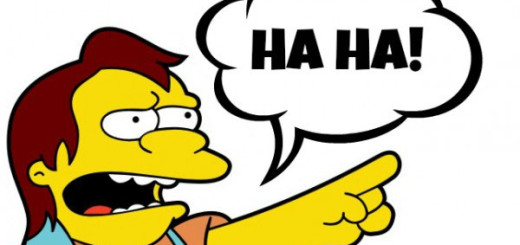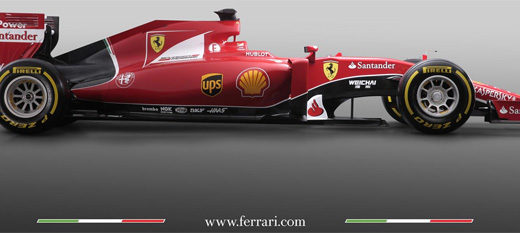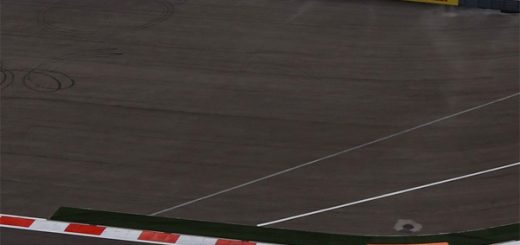F1 Grosjean Crash and the Implications of Too Much Safety
The F1 racing world was rocked by Romain Grosjean’s absolute terrifying crash last week in Bahrain. His car went most of the way through a metal barrier, split in half, and caught fire. Grosjean was in the fire for 28 seconds and survived with only minor burns, in no small part because of the many safety features in F1. From the fire protecting suits and under garments to the hoops and halo device on the cars, F1 is packed with safety features and most of them worked in this extreme case.
However, as I wrote just over a year ago, F1 has a problem of the fatal price of safety. Grosjean’s accident wasn’t really an accident, and it wasn’t something that happened just in that race. Rather, his accident is the end result of some poor choices by the FIA which have encouraged driver behaviors that are a serious security risk.
Grosjean’s crash happened just after the exit of the third turn. The barrier he hit was at a very odd angle as a result of both trying to protect a marshalling station, and also to provide a common barrier for an alternate short course track. That barrier comes towards the track at about a 30 degree angle, and terminates somewhat closer to the track than any other area on the circuit. With a matching barrier on the other side of the track, this has the effect of creating a funnel effect.
The most important thing for me is that the exit of turn three is the exit of the third corner with paved run off areas and plenty of room for foot to the floor errors. As I mentioned in the discussion of the death of Antoine Hubert at Spa, the presence of these paved run off areas seem to be increasing the size and scope of racing impacts.
Why you ask does this appear to be the case? Simply put, there is little or no penalty for failing, particularly on lap one. As long as you keep the wheels and the nose on the car, any off track excursions are basically unimportant. There is little risk of getting beached or anything like that, no “end of race” moment. The effect in F1 and other formula series are drivers pushing well past the limit and using the run off as extra track. It means that drivers who should be going slower or risk going off the track see it as just another way to get ahead. They drive their cars quite a bit past their limits and the results are that things happen. In this race, three cars used the run off areas (two inside turn three, one on the outside) and returned at full throttle without losing much if anything. Without risk involved in going off track, they just look at it as “taking a shot”. It’s particularly noticeable in the mid pack areas.
With F1, much of the passing occurs on starts and restarts, so much so that drivers are keen to take a risk to move up the field. Since it’s often their only shot, these drivers just go balls out without concern… after all, it’s just paved road like everything else!
A car going off on the outside of the track at turn three may have contributed to Grosjean’s sudden movement to the right. The driver who ran off was running on the paved run off with his boot to the floor and came back on the track at full speed. Grosjean seems to be flinching a bit. That may also be in part because of traffic which had slowed down in part because of the return of the Racing Point car from the right hand side. That car went off in turn two and never seems to have lifted.
Without those two cars either coming back onto the track of being in the position to come back on the track, Grosjean would likely never have made such a sudden move. That sudden move is what nearly killed him.
While the FIA and F1 will spend a lot of time looking at the car, looking at the data, looking at the barrier construction, the placement of the barrier on the track, and so on, they will likely forget to look at the implications of the overly safe paved run off areas. The actions of the Racing Point driver to accelerate on the paved run off area and to launch himself back onto the track seems to have started a chain of events that lead to the crash only a second or two later. The car going off to the left is directly as a result of traffic slowing from the car returning to the track.
If these paved run off areas are unavoidable, then the FIA and F1 need to directly adopt a rule that requires a driver to stop accelerating and to slow the car to as low as pit lane speed before re-entering the track safely and carefully. Paved run off areas should not be used as a benefit for drivers in the race, and going off the racing surface should extract a penalty.
Grosjean was saved by the safety of the car. It’s unfortunate that his crash appears to be as the result of other safety features that do anything but.





